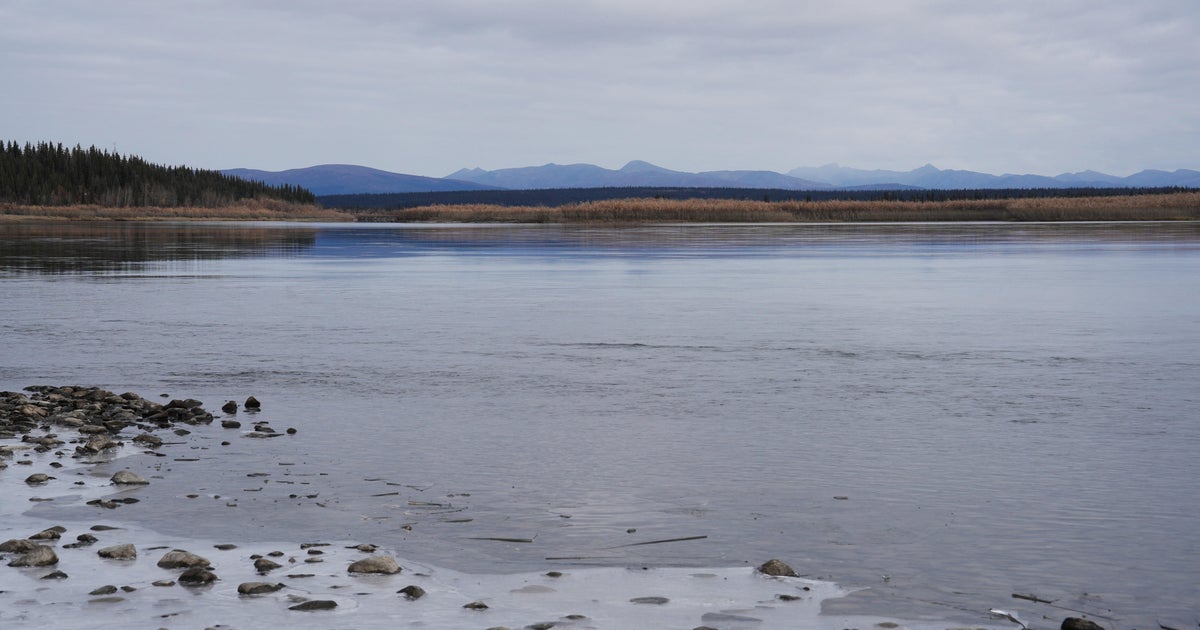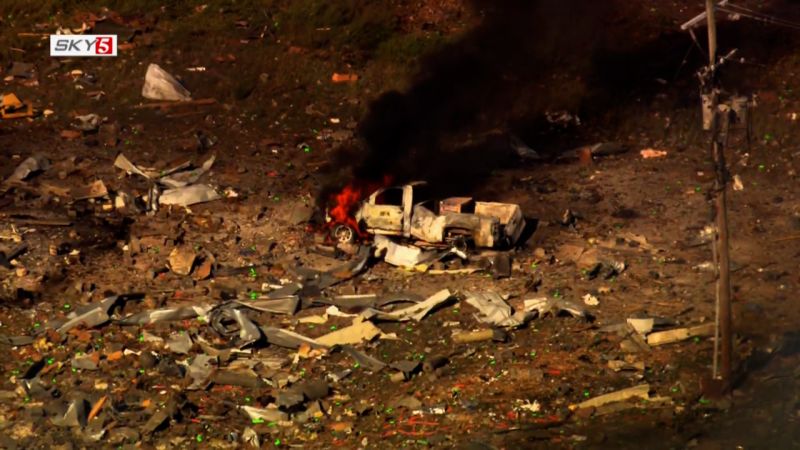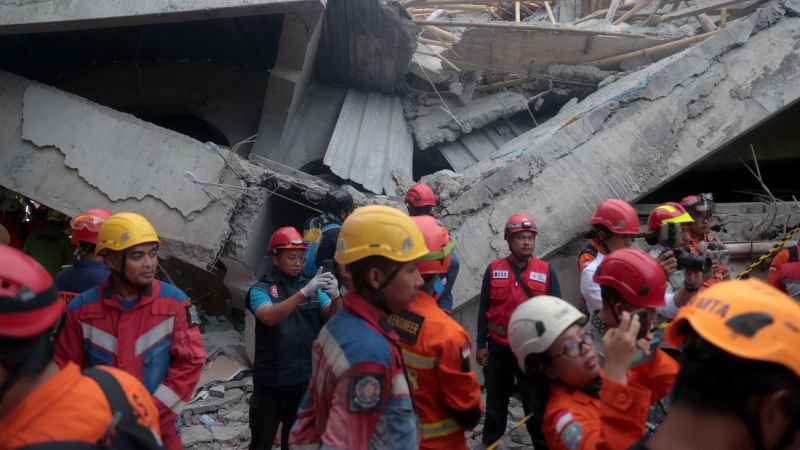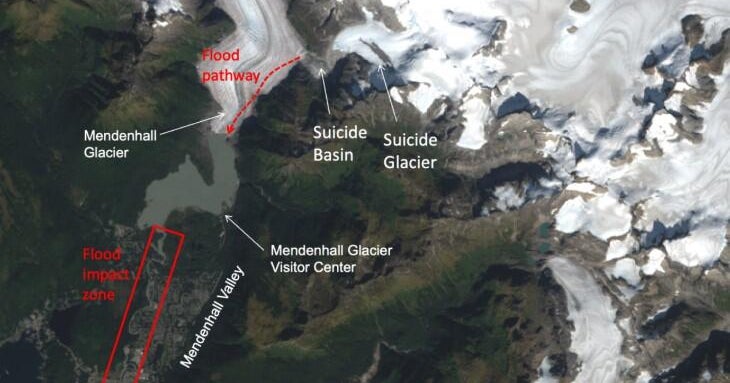Historic Evacuation Underway as Typhoon Halong Strikes Western Alaska

Historic Evacuation Underway
The remnants of Typhoon Halong have triggered a historic mass evacuation across Western Alaska, with hundreds of residents airlifted from devastated villages like Kipnuk and Kwigillingok to safety in Anchorage. Military transport planes and helicopters, operated by the Alaska National Guard, have ferried survivors—many leaving behind homes, belongings, and memories—to temporary shelters. The scale of displacement is unprecedented, with Anchorage preparing to house up to 2,000 evacuees through the winter as recovery efforts begin in their home communities.
Shelter and Support Efforts
Major shelters have been established at the Alaska Airlines Center, Egan Center, and local recreation centers, collectively accommodating over 1,200 people. The American Red Cross is leading operations, coordinating with state and local agencies to provide immediate aid, housing, and essential services. While some evacuees are staying with family or friends, city officials are urgently seeking additional housing solutions, including hotel rooms and longer-term options, as the full extent of damage—and the timeline for return—remains uncertain.
Community and State Response
Governor Mike Dunleavy has declared a disaster, activating state and federal assistance programs for impacted regions. The State Emergency Operations Center is at its highest alert level, prioritizing life sustainment, shelter, and restoration of basic services. Tragically, the storm has claimed at least one life, with two still missing, underscoring the severity of this crisis. As Alaska rallies to support its displaced residents, the focus remains on safety, stability, and the challenging road to rebuilding shattered communities.
About the People Mentioned
Mike Dunleavy
Mike Dunleavy is the 12th and current Governor of Alaska, serving since December 2018. Born on May 5, 1961, in Scranton, Pennsylvania, Dunleavy moved to Alaska in 1983 seeking opportunity, initially working in a Southeast Alaska logging camp before pursuing a career in education[2][3]. He earned a Bachelor of Arts in History from Misericordia University in Pennsylvania and a Master of Education from the University of Alaska Fairbanks[3][5]. For nearly two decades, Dunleavy worked as a teacher, principal, and superintendent in northwest Arctic communities, deeply embedding himself in Alaska’s rural and urban educational systems[1][2]. In 2004, Dunleavy and his family moved to Wasilla, where he founded an educational consulting firm and engaged in statewide education projects. He served on the Mat-Su Borough School Board, including two years as president, and later represented District E in the Alaska State Senate from 2013 to 2018[1][4]. As a state senator, Dunleavy was known for his focus on education and fiscal policy. Dunleavy was first elected governor in 2018 as a Republican and won re-election in 2022, becoming the first Republican governor in Alaska to secure a second term since 1978[1][2]. His tenure began amid significant challenges, including a major earthquake in Southcentral Alaska and the onset of the COVID-19 pandemic. Throughout his administration, Dunleavy has prioritized economic health and job growth, advocating for Alaska’s business community and seeking to attract new investment[1][2][6]. He has also emphasized restoring trust in government and maximizing Alaska’s resource potential. Dunleavy is married to Rose, who is from the Kobuk River Valley community of Noorvik, and they have three daughters. The family is known for enjoying outdoor activities such as hunting, fishing, and camping[1][2]. Recently, Dunleavy has continued to focus on state preparedness, economic development, and commemorating significant Alaskan figures, such as mourning the passing of former Representative Brenda Itta-Lee, the first Alaska Native woman to serve in the state House[6]. As of late 2025, Dunleavy remains a central figure in Alaska politics, actively shaping policy and responding to both ongoing and emerging state challenges[6].
About the Organizations Mentioned
Alaska National Guard
The **Alaska National Guard** is a dual-state and federal military force comprising the Alaska Army National Guard and the Alaska Air National Guard, serving both state and national defense roles. Headquartered at Joint Base Elmendorf–Richardson, it operates under the governor of Alaska unless federalized by the President, reflecting a unique blend of local emergency response and national military readiness[1][3]. Historically, the Alaska National Guard has evolved as a critical component of the U.S. military reserve forces, integrating into the Army and Air Force structures while maintaining specialized state missions. The Alaska Army National Guard, with about 1,850 soldiers as of 2006, includes diverse units such as aviation, infantry, missile defense, and civil support teams, highlighting its multifaceted capabilities[3]. The Alaska Air National Guard’s largest unit, the 176th Wing, conducts global airlift, combat search and rescue, and air-sea rescue missions, demonstrating vital operational flexibility and technological proficiency[1][7]. Key achievements include frequent rescue operations in Alaska’s harsh environments, such as multiple successful missions saving distressed boaters and supporting disaster relief efforts during natural calamities like earthquakes, floods, and storms[1][7]. The Guard also plays a significant role in national security, with deployments supporting missions like the Southwest Border Mission alongside U.S. Customs and Border Protection[5]. Currently, the Alaska National Guard actively supports state emergency operations, including recent flood and storm recovery efforts on Alaska’s West Coast in 2024 and 2025, assisting with debris removal, damage assessments, and logistical support[5][6]. Its personnel are trained and equipped to integrate seamlessly with active-duty forces under the “Total Force” concept, ensuring rapid federal mobilization when needed[1]. Notably, the Guard balances advanced military technology and local knowledge, making it a vital, adaptive force for Alaska’s unique geographic and strategic challenges, blending cutting-edge aviation, missile defense, and civil support with community-focuse
American Red Cross
The **American Red Cross** is a leading humanitarian organization founded by Clara Barton on May 21, 1881, in Washington, D.C., inspired by the International Red Cross established in Switzerland in 1863[1][2][5]. Barton, a Civil War nurse known as the "angel of the battlefield," brought her vision to the U.S., advocating for humane treatment in conflicts and for ratification of the Geneva Convention, which the U.S. ratified in 1882[1][4]. The organization’s mission is to provide **disaster relief**, support military families, collect and distribute blood, and offer health and safety training. It operates nationwide and collaborates with global Red Cross networks to assist in emergencies worldwide[1][7]. The American Red Cross depends heavily on public donations and volunteers, with volunteers comprising over 90% of its workforce[6]. Historically, the American Red Cross has played critical roles in major crises, including the Johnstown Flood of 1889, the Galveston Hurricane in 1900, and the Spanish-American War in 1898, providing medical aid, food, and supplies[1][3][5]. It pioneered peacetime relief work within the Red Cross movement, a notable innovation known as the “American Amendment” that expanded the organization’s humanitarian scope[1]. The organization also advanced blood safety technologies, initiating Nucleic Acid Testing (NAT) in 1999 to detect HIV and Hepatitis C early in donated blood[3]. Congress granted the Red Cross a federal charter in 1900 and updated it several times, most recently in 2007, affirming its national and international disaster relief role and its service to U.S. armed forces and their families[1]. The organization remains a key player in disaster response, operating at approximately 70,000 disaster sites annually and supplying 40% of the nation’s blood[6]. Today, the American Red Cross combines a rich heritage with
State Emergency Operations Center
The **State Emergency Operations Center (SEOC)** is a critical, centralized command and control facility designed to coordinate state-level emergency response and disaster management. It functions as the nerve center during crises such as natural disasters, severe weather, man-made incidents, terrorist threats, and other emergencies, enabling unified coordination among multiple agencies and partners including federal, nonprofit, faith-based, volunteer, and private sectors[1][2]. Typically located in secure, technologically advanced facilities—such as the one in Baton Rouge, Louisiana—the SEOC is equipped with sophisticated communication, mapping, intelligence gathering, and video monitoring systems that enhance situational awareness and ensure continuous operations even during infrastructure failures[1][6]. These systems enable real-time data exchange, resource management, and strategic decision-making, facilitating rapid, coordinated responses to incidents that overwhelm local capabilities[1][2][4]. Historically, SEOCs evolved from U.S. civil defense initiatives to become essential hubs for emergency management at state and local levels. They do not directly command field operations but provide strategic guidance, analyze incident impacts, and manage resource allocation[4][5]. For example, Ohio’s SEOC, completed in 1994 and continuously upgraded, integrates multiple agencies under one roof to improve disaster response and interagency coordination[6]. Key achievements of SEOCs include supporting large-scale evacuations, hazardous materials incident response, and multi-jurisdictional law enforcement operations. Their role extends beyond immediate crisis response to disaster planning, mitigation, and recovery coordination, making them indispensable in safeguarding public safety and infrastructure[1][2]. Currently, SEOCs remain vital components of state emergency preparedness, with ongoing investments in technology upgrades and training programs to maintain readiness. Their complex infrastructure and expert staffing ensure they can meet the growing challenges of modern emergencies, making them a model of resilience and intersectoral collaboration within the business and technology sectors interested in critical infrastructure and public safety innovation[1][2][6].
Alaska Airlines Center
The **Alaska Airlines Center** is a 5,000-seat multi-purpose arena located on the University of Alaska Anchorage (UAA) campus. Opened in 2014, it serves as a premier sports and community venue for Anchorage and the broader region, hosting UAA athletics, concerts, family shows, graduations, and various sports competitions[1][2][3][5]. The arena was conceived from a simple sketch into a modern facility that supports not only university events but also acts as a hub for community entertainment[1]. This center features an 800-seat auxiliary gym, a gymnastics training and competition gym, a state-of-the-art sports medicine suite, and a dedicated training and strength conditioning facility for UAA's Seawolf student-athletes. It also includes an indoor two-lane walking and jogging track. A notable feature is the Varsity Sports Grill located on the suite level, offering local craft beer and fine wine with views overlooking the arena[1][2]. Unlike older venues like the Sullivan Arena, the Alaska Airlines Center offers suites for VIP experiences and modern technological amenities, making it attractive for concerts and large events[2]. Though it does not have an ice rink—the hockey team continues to use Sullivan Arena—it complements UAA’s athletic infrastructure, with future plans possibly including a separate ice hockey arena. The center shares parking with the adjacent Providence Alaska Medical Center, reflecting its integration within the campus and city infrastructure[3]. In 2018, the center sustained minor damage from a 7.0 earthquake, including flooding from broken sprinklers and some broken glass but no injuries, highlighting its resilience and importance to the community[3]. Operated with support from Alaska Native-owned contractors, the venue draws audiences statewide, serving as a strategic cultural and sports nexus in Anchorage, a key Alaskan hub[2]. Overall, the Alaska Airlines Center embodies a blend of modern sports facilities, community engagement, and technological sophistication, positioning it a
Egan Center
The **William A. Egan Civic & Convention Center** (commonly known as the Egan Center) is a premier convention and event venue located in downtown Anchorage, Alaska. It serves as a central hub for business, networking, entertainment, and cultural events in the region[1][2]. The center offers over 85,000 square feet of highly configurable meeting, exhibit, and pre-function space, including a 19,000-square-foot ballroom and more than 11,000 square feet of meeting rooms that can be divided into up to 14 separate breakout spaces[1][2][6]. Historically, the Egan Center has been a gathering place for generations of Alaskans, hosting conventions, trade shows, concerts, and community celebrations[2]. It underwent a significant multi-million-dollar renovation, investing nearly $5 million to modernize its facilities and maintain its status as Alaska’s most configurable and versatile event space[1][2]. The venue is managed by ASM Global, a global leader in venue and event strategy and management, which ensures cutting-edge technology and tailored solutions for event success[1][6]. A notable aspect of the Egan Center is its integration of Native Alaskan culture and art. The lobby features prominent Alaska Native art pieces, such as the “Beaded Sky Curtain” that artistically represents the northern lights, and sculptures by celebrated artists like Melvin Olanna and John Hoover, which embody indigenous spirit and mythology[3]. The center also incorporates natural elements, including eight Ficus trees housed within its glass foyer, blending nature with architectural design[1][3]. The Egan Center remains a vital venue for Anchorage’s business and technology communities, supporting conferences, corporate meetings, and cultural events. Its combination of large, flexible spaces, cultural richness, and modern amenities makes it a standout facility in Alaska’s event landscape, fostering economic activity and community engagement[1][2][3][6].







